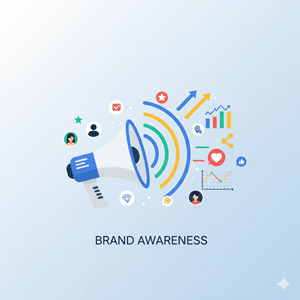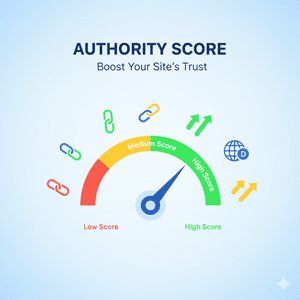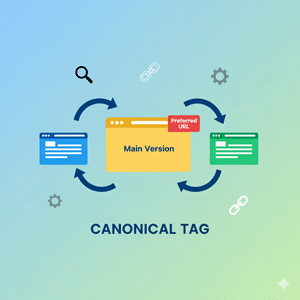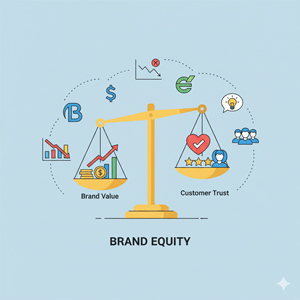What is Churn Rate?
The churn rate, often referred to as the attrition rate, represents the percentage of customers who discontinue using a product or service within a specific timeframe. This is an essential measure for subscription-based businesses, SaaS platforms, and service providers to assess customer loyalty and retention effectiveness.
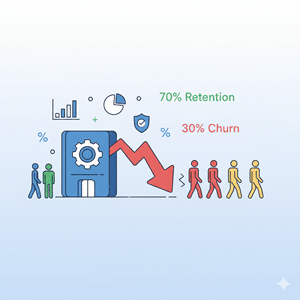
Why Churn Rate Matters
Revenue Impact
A slight uptick in churn can have a major impact on long-term revenue, particularly in subscription-based business models.
Customer Retention Insights
Elevated churn rates indicate issues such as dissatisfaction, ineffective onboarding, or unfulfilled expectations — assisting businesses in pinpointing areas for improvement.
Growth vs. Loss Balance
To grow effectively, bringing in new customers needs to exceed the rate of those leaving. Keeping an eye on churn is essential for sustainable growth.
Investor Confidence
Churn rate is frequently analyzed by investors and stakeholders to gauge the long-term viability of a business.
Types of Churn
- Customer Churn: Proportion of users who discontinue the service.
- Revenue Churn: Lost recurring revenue (e.g., downgrades, cancellations).
- Voluntary Churn: When customers choose to cancel because they are unhappy or find the costs too high.
- Involuntary Churn: When payments fail (e.g., expired cards, billing errors).
How to Calculate Churn Rate
Churn Rate=Customers Lost During PeriodTotal Customers at Start of Period×100\text{Churn Rate} = \frac{\text{Customers Lost During Period}}{\text{Total Customers at Start of Period}} \times 100Churn Rate=Total Customers at Start of PeriodCustomers Lost During Period×100
Example: At the beginning of the month, if you had 1,000 customers and lost 50, your churn rate stands at 5%.
How SEO Agency Boston Helps Reduce Churn
At SEO Agency Boston, we collaborate with clients to reduce churn by implementing proactive strategies:
- Customer Journey Audits: Pinpointing areas of resistance in the onboarding process or service execution.
- Personalized Engagement: Customizing communication to align with customer preferences and usage patterns.
- Feedback Loops: Gathering valuable perspectives from former customers to enhance our services.
- Retention Campaigns: Employing strategies like remarketing, loyalty initiatives, and win-back emails to reconnect with users.
- Predictive Analytics: Utilizing customer data platforms and customer relationship management systems to identify customers who may be on the verge of departure.
Best Practices to Manage Churn
- Monitor customer churn and revenue churn as distinct metrics.
- Concentrate on the initial onboarding process to enhance retention rates.
- Leverage customer success teams to foster robust connections.
- Streamline the process of sending renewal reminders and recovering failed payments.
- Provide benefits such as discounts, loyalty rewards, or structured plans
- Evaluate your churn rate in comparison to the average within your industry.
Related Terms
- Customer Lifetime Value (CLV)
- Retention Rate
- Subscription Model
- Net Promoter Score (NPS)
- Customer Journey Mapping
Common FAQs for Churn Rate
The answer varies by sector. SaaS companies typically strive for a monthly churn rate of less than 5%, whereas telecom or media industries may accept higher rates.
Not exactly. A certain level of turnover is to be expected, and it can actually create opportunities to allocate resources towards more valuable or dedicated customers.
Absolutely. When the upsells and expansions from current customers surpass any losses, a business can attain what is known as “negative churn.”

Keep Customers Longer. Grow Faster
At SEO Agency Boston, we prioritize minimizing churn, ensuring that your business not only attracts customers but retains them for the long term.

